Mykola Solsky speaks about the scope of losses in the agro-industrial complex due to the war, possible compensation to farmers, as well as the specifics of the “grain corridor” and its efficiency

After a year of russia’s war of aggression, the Ukrainian agro-industrial complex ranks second – after metallurgy – in the ranking of the most affected sectors of the domestic economy. The scale of the losses is a derivative of the pre-war scale of the industry, its dependence on the main resource – land, much of which is under temporary occupation, and its export orientation, which was difficult to realise under the blockade of the Black Sea ports. In 2023, despite the partial unblocking of maritime exports and the de-occupation of some territories, the industry’s problems will deepen. Further drop in yields, shortage of working capital, access to electricity, logistical problems, mine contamination – this is an incomplete list.
Mind discussed with Mykola Solsky, the Minister of Agrarian Policy of Ukraine, the ways to solve these problems and whether it is possible at all.
On the prospects for grain exports and cargo insurance
– Agricultural products have always been one of Ukraine’s main exports, accounting for 40% of its foreign trade. Based on the current pace and organisational status quo, what is the forecast for the current season – how much agricultural products will be exported by July 1, 2023?
– We all understand that the margin of error of any forecasts is much larger than in standard years, and they can be heavily adjusted due to the war. We expect to export about 50 million tonnes of grain, including oil and solvent cake (oilseed processing products, mainly sunflower and soybeans – Mind) by July 2023.
This figure, of course, can be adjusted both up and down. It all depends on the volume of domestic consumption. And it has fallen by 3-4% for grain in Ukraine compared to previous years due to the outflow of people from the country and certain changes in the diet due to the war (there are more instant foods and those that do not require heat treatment or require minimal heat treatment, as well as more canned food – Mind).
The indicator may also be further affected by the activity and productivity of the grain corridor. But, as a benchmark, the figure I mentioned is quite acceptable.
– Since the beginning of the year, we have seen a significant decline in grain exports. How crucial for this trend was the change in reinsurance rules and the exclusion of the Black Sea region from risk coverage? Or was it just the traditional seasonal decrease in navigation?
– There were indeed such concerns in December: some traders brought up this issue, and we and the Ministry of Infrastructure had meetings with them. Some of the insurers we and market participants contacted said they would not be ready to insure war-related risks for damage caused to third parties, which is one of the types of compulsory insurance in the grain trade.
However, nothing has changed significantly since the New Year. So far, we have not recorded any decline in insurance services (in terms of a decrease in supply and an increase in prices), nor have we seen any fluctuations in prices and freight terms. Everything is working – everyone who wants to charter a vessel and has the ability to pay insurance has no problems.
– Before the war, insurance premiums amounted to 0.025% of the ship’s value. What are they now and who covers these costs?
– Now we are talking about a different type of insurance, similar to comprehensive coverage for cars.
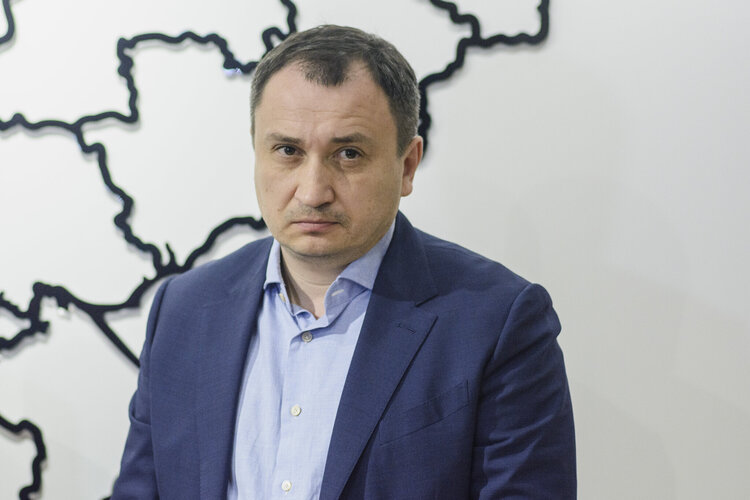
Due to the high risk of damage to the vessel itself, insurance companies have classified our waters as dangerous zones and charge an additional fee for the risk. Of course, it is passed on to the farmer.
In general, all costs along the entire logistics chain – and insurance in particular – are now ultimately reflected in the price of grain purchased from the farmer. For example, standard quality corn costs $300 per tonne. But if the insurance for a ship call to Germany or Argentina is $1, and for Ukrainian ports it is $10, this does not mean that our corn will cost $310 per tonne. It only means that a Ukrainian farmer will earn less.
Is “starving Africa” starving indeed?
– Continuing with the topic of the grain corridor, it is worth mentioning that opponents have constantly reproached Ukraine, saying that many ships from the ports of Greater Odesa were not heading to “starving Africa” but mainly to “rich countries.” Could you give us a geographical breakdown of how many ships and what percentage of export cargo went to Africa, and how much grain went to the EU, Arab countries, and Asia?
– There are several important things to understand here. Africa primarily buys wheat. In previous years, 80-90% of our exports there were made up of this crop.
Wheat exports and corn exports have different proportions by region. Speaking of wheat, about half of our exports (47-48%) over the entire period of the grain corridor’s operation have gone to Africa, the Middle East and Turkey.
– Why is Turkey included in this list?
– Because over the past year, Turkey has been used very often as a grain hub for transshipment, primarily to Africa and the Middle East. But how the process went on there is another piece of information that only Turkey has, and we do not analyse it separately.
Second thing. Large volumes of Ukrainian wheat have been traditionally processed into flour in Turkish ports. Turkey’s flour milling business is one of the largest in the world, with facilities located in all major ports. Thus, some of our wheat, already in the form of flour, was also shipped to African regions.
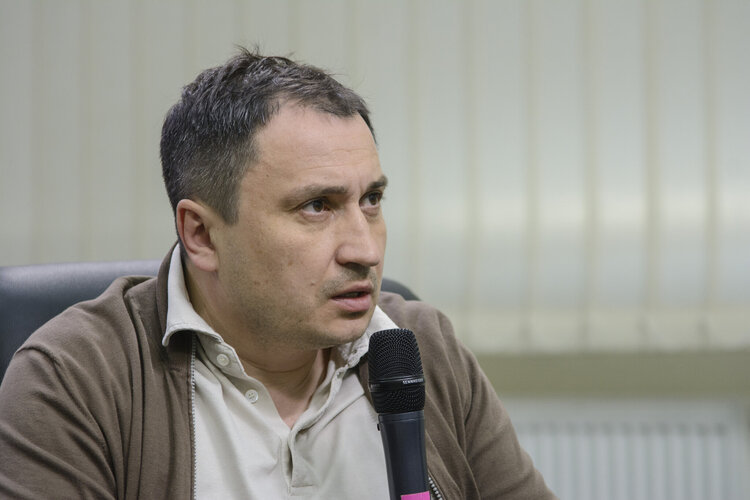
As for Asia, about 20% of wheat is shipped there, and about a third to Europe. In addition, if Ukrainian corn does not make it to Europe, livestock farmers there will use their own wheat to feed their animals, which will reduce the possibility of exporting it to the same African countries.
– What is the geographical distribution of corn?
– Here, the ratio is the opposite: about 10% of total exports of this crop are directed to Africa. Traditionally, the main buyers of Ukrainian corn are Europe (about 40%) and Asia (32%), with the Middle East and Turkey accounting for about 15%.
So, speculation on the topic of grain export destinations is pure demagoguery. The problem was not the lack of grain on the global market, but its price.
Even if we assume theoretically (and this has never happened!) that all Ukrainian grain went only to Europe or only to China or any other country, this still affects the price downward, as the global supply and demand ratio changes. But even without this, it should be understood that Africa has always been our major customer and remains so.
– As of February 20, 130 vessels with wheat went to Africa, the Middle East and Turkey, 23 vessels to Asia, and a few (very few) to Europe. Statistics on corn cargoes: Africa, the Middle East and Turkey – 96 vessels, the EU – 139 vessels, Asia – 53.
But the number of ships gives a somewhat distorted picture, because, for example, ships going to Asia are mainly Panamax bulk carriers that carry 50,000 tonnes of grain, while those going to Turkey take 5000-25,000 tonnes of grain. But in general, we have good statistics for African countries, both in terms of vessels and volume.
On the future of the grain deal
– Recently, it was reported once again that russia has serious doubts about the extension of the grain corridor agreement from mid-March. How threatening is this message for us, especially given that Ukraine has been constantly recording artificial delays in cargo inspection by the russians?
– The russians’ accusations boil down to doubts about the feasibility of extending this agreement. In my opinion, the party that voiced this wording would like to get something for it.
In general, the work on prolonging the “corridors” is very active through all channels – from the Ukrainian side, from the allies, Turkey and the UN. Everyone is trying to ensure that this agreement is extended. I think the next few weeks will be very active in this regard.
– That is, there may be a break in the grain corridor while the parties work out their terms…
– We are at war, when anything is possible. But we are trying to prevent this break.
Will Mykolaiv become part of the “grain corridor”?
– Back in the summer, former Infrastructure Minister Oleksandr Kubrakov announced his intention to include Mykolaiv’s commercial port in the list of those from which export crops will be transported via a secure “grain corridor.” Obviously, the liberation of the Kinburn Spit is now a fundamental factor. Does Ukraine have any other levers of influence to attract the port of Mykolaiv?
– There are different levers of influence, but most of them, unfortunately, are not public. Therefore, all that remains is to wait for the results of negotiations in these areas.
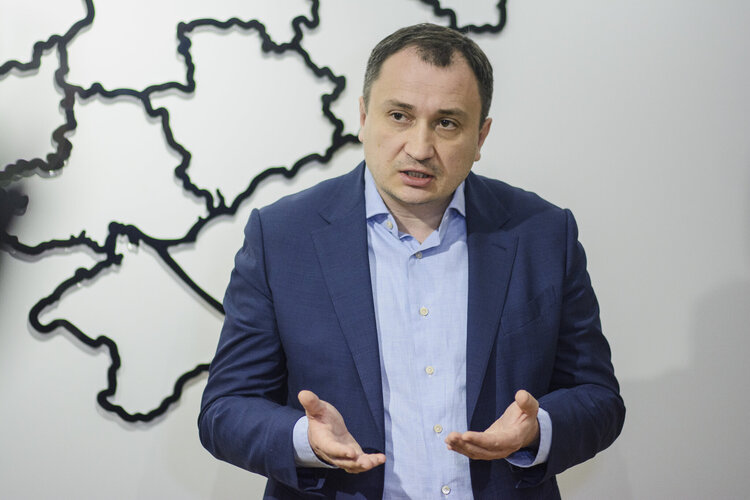
We need Mykolaiv to increase Ukraine’s logistics capabilities and reduce the cost of logistics. But at the same time, it should be understood that the primary issue is still the number of ships that are allowed to enter the Bosphorus. The current intensity of inspections does not allow even Odesa to be loaded, let alone Mykolaiv.
– You have mentioned that if Mykolaiv port were to be involved in the grain deal, logistics would become cheaper. To what extent?
– Significantly, at least by half. But only if there were no problems with the number of ships passing through the Bosphorus. If this were to happen and the port of Mykolaiv were to join, it would mean that the number of vessels not limited by certain artificial prohibitions/obstacles would enter the waters of Ukrainian ports, load there and freely export grain.
On the wartime sowing season’2023
– Let’s turn our attention to the sowing season. What are your forecasts for the 2023 harvest campaign in terms of sown areas and their structure? According to expert forecasts, the area under wheat and barley will decrease by more than 30% by 2023. Do you agree with this assessment?
– Yes, I agree. We have already seen a drop in winter barley and winter wheat. There is practically no decrease in winter rapeseed area.
As for this year’s crops, we expect corn to shrink. This is an expensive crop to plant, requiring a lot of nitrogen fertilisers and higher logistics costs. Farmers take these nuances into account when sowing this year.
But it is important what we are comparing with what. In this case, we are comparing this year with 2022, meaning we are comparing the areas we controlled then and now. And now we control more areas than last year, thanks to the de-occupation of Kharkiv and Kherson oblasts. Therefore, there are nuances to adjust.
There will be a certain increase or at least preservation of sunflower acreage. I assume a 25% increase in soybean plantings compared to 2021. It does not require nitrogen fertilisers, such as urea, caliche, etc., and is less expensive to sow.
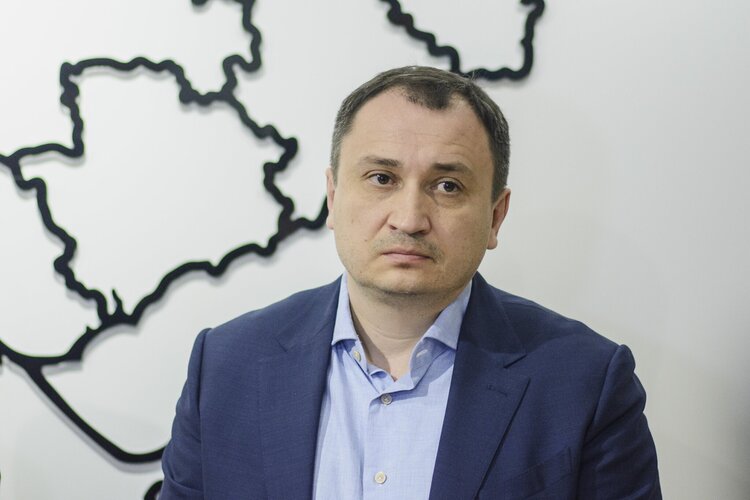
So, to summarise: we expect an increase in soybean and probably sunflower (due to a decrease in corn). But the changes will not be drastic.
We also expect sugar beet plantings to increase this year compared to 2022. After all, sugar is now at a good price: a lot of it is produced and it is well exported to Europe, because we have lifted restrictions on access to this market.
In general, 2023 can be considered a financially successful year for sugar producers and those who grow sugar beet. Therefore, there is a possibility of an increase in sowing areas, as well as areas under niche crops (mustard, flax, kohlseed, buckwheat or pulses).
But wartime is unpredictable. I’m sure that this year farmers will often make decisions at the last minute, for reasons that are clear to everyone.
– What is the situation with fertilisers? Is the price still “unaffordable”?
– As a standard, all fertilisers start to rise in price before the New Year and reach their peak in February-March. In December 2022, they were already at record prices. And this was one of the reasons why many farmers ruled out planting corn. But before the New Year, the situation suddenly turned in the other direction, and fertilisers have been falling in price for the third month. Some categories have fallen in price by 25%. And there is still a time margin – two months when they can become cheaper.
At the same time, we noticed a change in the farmers’ mood. We talked to companies that sell corn seeds and they felt it immediately. And within a month, the number of calls and reserves for corn seeds for the new season increased by 10%.
And if the trend of fertilisers becoming cheaper continues and other positive aspects emerge, such as the prolongation of the grain corridor and, accordingly, the rise in grain prices and the reduction of logistics costs, many farmers will continue to sow and will not reduce corn volumes. They will invest more in fertilisers, so the subsidence will be less than expected.
On whether we should prepare to food scarcity in the spring
– Given the temporarily uncontrolled territories’ specialisation and the destroyed enterprises, what crops/products may be in short supply this year or need to be replaced by imports?
– Traditionally, we have had a lot of winter wheat and sunflower in the occupied territories, and a little less corn. However, we do not see any shortage of these crops, because we have always exported them with a reserve.
As for early fruits and vegetables, they have always been more expensive. Last year we had a slightly larger deficit because the situation was unexpected and unpredictable. But this year, businesses and farmers are ready for it. The regions of Odesa Oblast, for example, have planted a little more vegetables, which they are confident they will be able to sell, including for export.
We expect a standard seasonal price increase. But we do not foresee any critical stories, unless, of course, there are some force majeure circumstances.
On compensation to farmers and losses in the agro-industrial complex
– Has a procedure for compensation of losses for agrarians caused by the russian aggression been worked out? If not, is it foreseen, when can it be formed and when (at least approximately) can we expect compensation?
– There is a procedure. Legal entities follow it. The procedure for determining the damage and losses caused to Ukraine as a result of the armed aggression of the russian federation was approved by the Cabinet of Ministers’s Resolution No. 326 dated March 20, 2022. The Order of the Ministry of Economy and the State Property Fund of 18.10.2022 No. 3904/1223 approved the Methodology for determining the damage and amount of losses incurred by enterprises, institutions and organisations of all forms of ownership as a result of the destruction and damage to their property due to the armed aggression of the russian federation, as well as lost profits from the inability or obstacles to conduct business.
To settle the determining the damage and losses incurred to private households and/or farms registered as individual entrepreneurs, the Ministry of Agrarian Policy has submitted to the government a draft resolution of the Cabinet of Ministers “On Amendments to Clause 2 of the Procedure for Determining Damage and Losses Caused to Ukraine as a Result of the Armed Aggression of the russian federation”. This means that the algorithm for compensating losses to individual farmers and sole proprietors is now being approved.
Also, the Ministry of Agrarian Policy approved the Order “On Approval of the Methodology for Determining Damage and Losses Caused to the Land Fund of Ukraine as a Result of the Armed Aggression of the russian federation”. The document was registered with the Ministry of Justice on May 30, 2022 under No. 586/37922.
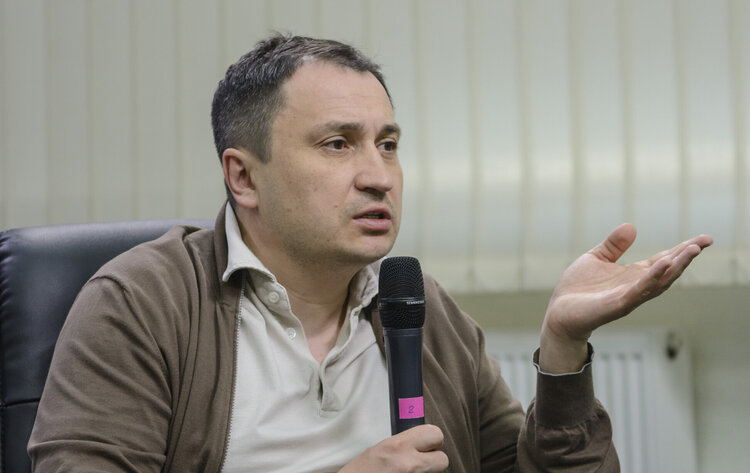
But this will not be the only solution. I am sure that there will be many various instruments (including non-state ones) that can be implemented to recover damages from russia. This process has already begun last year and will proceed. We now holding workshops on this subject with associations and donors. Therefore, we advise farmers to record their losses as much as possible now and be ready when all these procedures start working after the war is over.
– What is the total figure of losses in the agro-industrial complex due to the war?
– We have calculated it together with the Kyiv School of Economics (KSE Institute): direct losses in our agriculture as a result of russian aggression as of September 15, 2022 amount to $6.6 billion. Also, as a result of the full-scale invasion, 2.8 million tonnes of grain and 1.2 million tonnes of oilseeds were destroyed/stolen. But this data is only preliminary.
Read also
Crop & Price Navigator 2026/27: Black Sea and Danube. Forecast
US explores Africa as a potential new market for soy exports
Corn remains to be harvested in Ukraine from 22% of the area
AD Ports Group and Louis Dreyfus Company have agreed to establish a grain terminal...
Ukraine called on PACE to strengthen international mechanisms to protect food secu...
Write to us
Our manager will contact you soon



